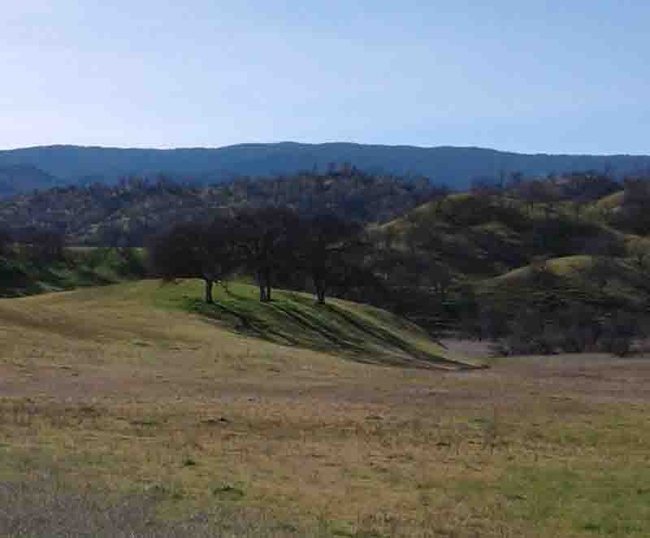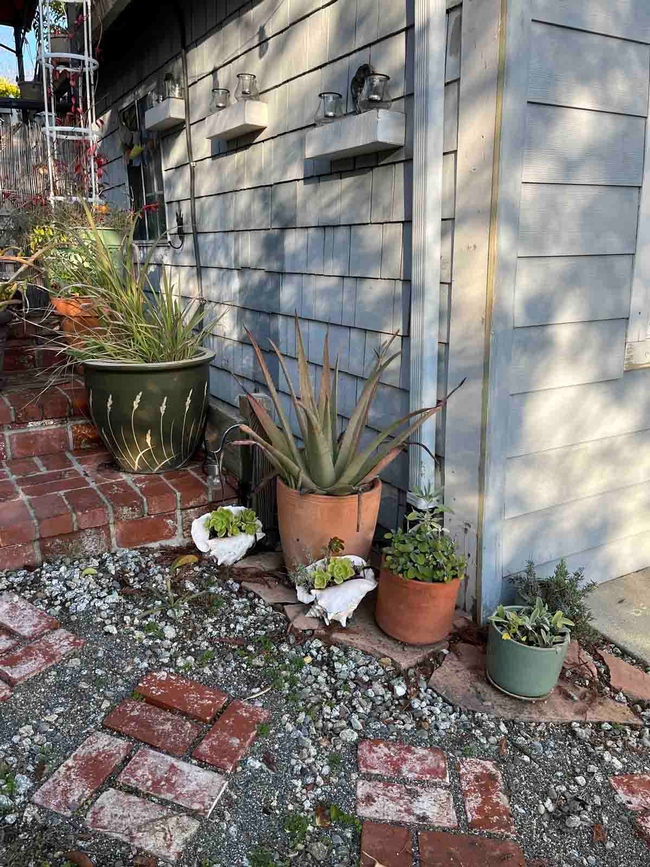We in Northern California are fortunate to live in a climate that enables us to garden all year. Our moderate temperatures enable many vegetables to grow through the winter, and at most lower altitudes, frosts are rarely severe enough to kill resistant plants and vegetables.
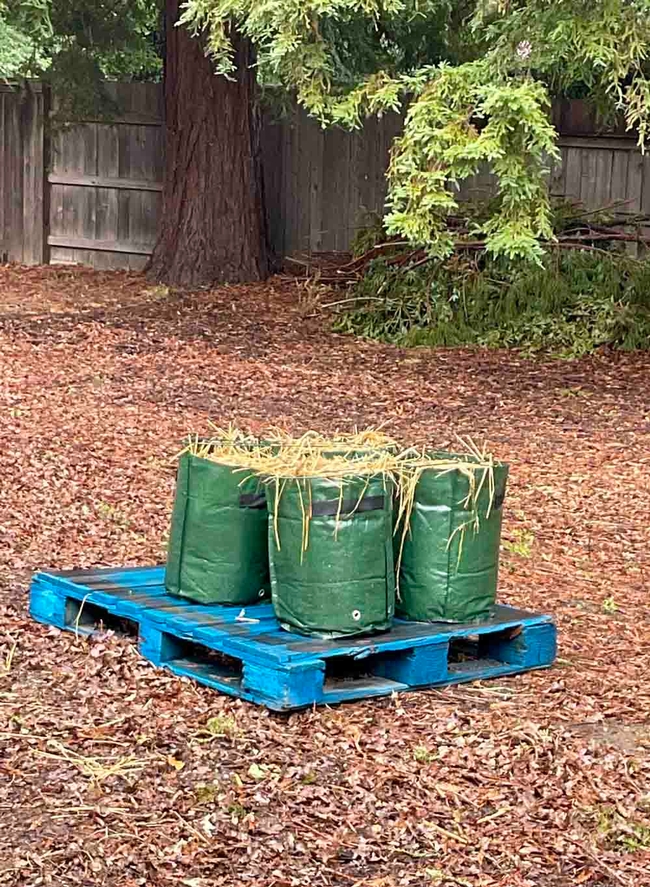
Sunlight warms the soil, and retained heat minimizes the effects of below-freezing temperatures. Sunlight warms the plants themselves, and provides the light energy that enables the complex chemical process of photosynthesis.
The problem of sunlight for winter gardeners is that there is simply less of it. Everyone knows this, but too often we don't consider it carefully when planning or planting a winter garden. In summer, one must often think about protecting plants from harsh, direct sunlight.
In winter, plants must be placed where they will be exposed to the maximum light available. In winter, not only are the days shorter by several hours, but the sunlight strikes the earth at an indirect angle, thus transmitting less energy for heat and photosynthesis.
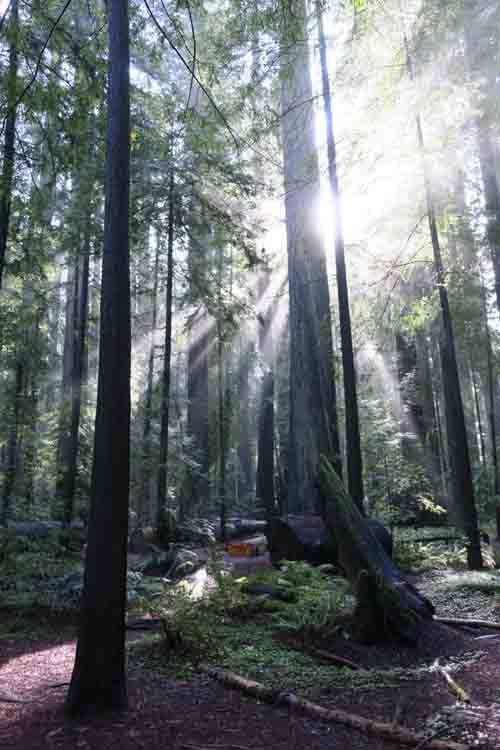
Compared to other seasons, the winter sun rises later, describes a much lower arc through the sky, reaching barely a quarter of the way to the zenith, and sets much earlier. A winter garden, whether a square mile or a square yard, receives only about one-third of the sunlight it gets in mid-summer, and only half of what it gets in mid-fall and mid-spring.
For the same reasons, shadows from obstructions near the garden such as trees and shrubs or buildings and fences, matter more in winter than in other seasons because they are much longer, shading a larger area for more hours of the day.
A plant which basks in full, radiant sunshine during the bright quarter of the year (May, June, and July) may well be in the chilly shade during the dark quarter (November, December, and January).
Finally, to top off this list of light-deprivation horrors,heavy cloud cover, not uncommon from October through March, reduces available sunlight even further, by a factor of over 50 percent.
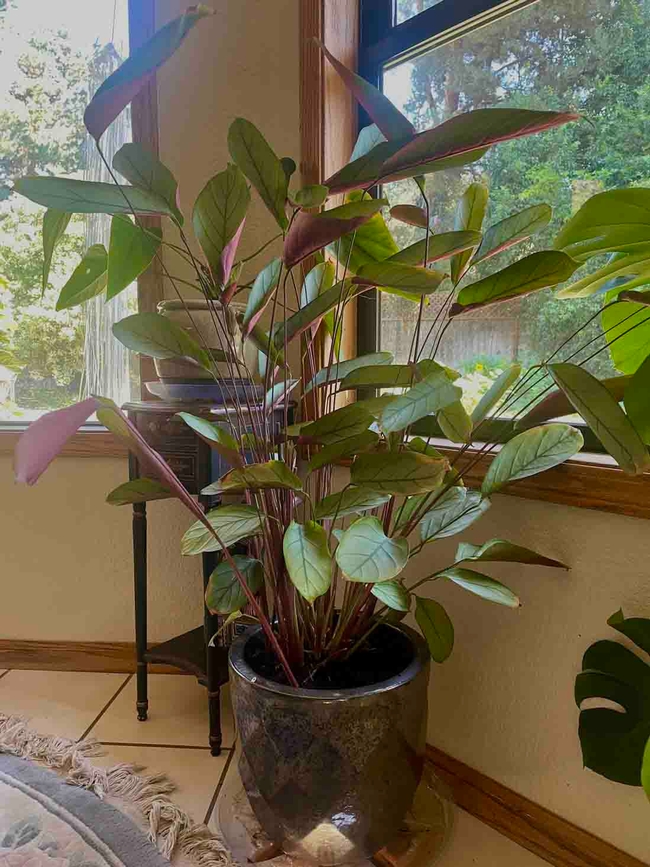
This “light assessment” will involve a bit of thought and time, and maybe some rudimentary diagramming, but it will pay off in better plant location, much more vigorous plants, and more success in gardening through the winter.
UC Master Gardeners of Butte County are part of the University of California Cooperative Extension (UCCE) system. To learn more about us and our upcoming events, and for help with gardening in our area visit our website. If you have a gardening question or problem, email the Hotline at mgbutte@ucanr.edu or leave a phone message on our Hotline at 530-552-5812. To speak to a Master Gardener about a gardening issue, or to drop by the MG office during Hotline hours, see the most current information on our Ask Us section of our website.
Attached Images:
